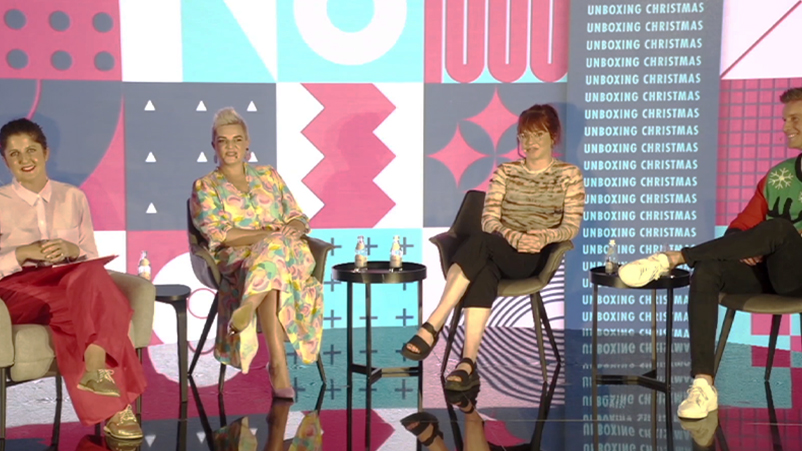Black Friday eclipses Boxing Day sales, and different marketing approaches now required – but 79% of Australians think brand Christmas ads off the mark

Latest research from Nine shows the cultural and commercial tides are turning, and the balance of power between pre and post-Christmas sales has flipped.
Brands are missing the mark on Christmas advertising, with four in five Australians calling for more reflective ads, not just diversity-washing. Meanwhile, Black Friday sales in November have eclipsed Boxing Day sales – and marketers need to rethink the kind of products they are promoting as a result.
Latest research from Nine shows the cultural and commercial tides are turning, and the balance of power between pre and post-Christmas sales has flipped.
“Perhaps the biggest shift we’re seeing in spending is the momentum behind Black Friday as the premium sales event of the season. 58 per cent of Australians bought during Black Friday sales versus 56 per cent during the Boxing Day sales last year,” says Toby Boon, Director of Strategy & Insights, Powered by Nine.
“The difference is even greater for people aged 18 to 34. Black Friday is now where the Christmas shopping season kicks off in earnest.”
Boon was speaking at a Nine-hosted panel session at The Big Ideas Store, alongside Lisa Day, Director of Content Partnerships – Publishing, Powered by Nine, Jane de Graaff from Honey Kitchen and the Today Show, Steph Winkler, Director with Nine research partner Crowd DNA, and Jack Bavin, Nine Melbourne’s Head of Strategy.
Changing Christmas climate
The research underlines how Christmas spending is changing. “Australians spent roughly $23.9 billion last festive, equivalent to a 38 per cent increase on the previous year,” says Boon.
“It’s not just how much money we’re spending, but how we are spending it. We are being influenced by broader cultural considerations like climate change and sustainability.
“80 per cent of Australians are concerned about the amount of waste in gifting, and 68 per cent believe that sustainable gifting is increasingly important, so we’re finding ways to approach the traditional in modern ways,” says Boon, pointing to surging sales of sustainable Christmas crackers, “bon bons”, in recent years, with plastic trinkets now firmly out of favour.
Black Friday versus Boxing Day: Different product approaches required
Honey Kitchen’s Jane de Graaff believes marketers must now rethink product promotion strategies, adopting different approaches for Black Friday versus Boxing Day.
“Black Friday sales are positioned before the season, so people tend to get in earlier, thinking ‘This is going to make my Christmas easier, so I’ll buy it now’,” she says. “Not that the Boxing Day sales are redundant, but I think the timing of Black Friday changes what people are looking for. We buy a lot more practical stuff at Black Friday time,” she says, citing things like kitchen products or items children will need for school.
“Then Boxing Day is more about, okay, I got through that period, what’s my reward? What do I want as opposed to what do I need?”
Christmas ads missing the mark
While brands globally and locally traditionally reserve a significant chunk of media budgets for the big Christmas campaign, Nine’s research suggests marketers may in fact be risking unintended consequences.
“In line with society more broadly, Christmas is becoming more inclusive. The extended Christmas period is being embraced by all Australians as a universal time of celebration – and we want to see that show up in comms,” says Boon.
“Just 21 per cent of us see our Christmas experience reflected in advertising and 71 per cent of Aussies want to see a more honest depiction of what Christmas really looks like.
“More than half of Australians believe that Christmas advertising needs more diverse cultural representations. Australians don’t want tokenism. They simply want to see people like themselves reflected through marketing and messaging.”
But that doesn’t mean “shoving as many diverse characters as possible into a 30-second ad,” says Nine Melbourne’s Jack Bavin.
“Our research shows that if advertisers do that, it has a negligible impact on building brand equity and short-term sales lift. So in other words, it does nothing. You’re ticking a box, sure, but you’re not actually doing much for your business.
“Yet if you show those under-represented groups in a positive way, a more engaging, more meaningful, more deliberate way – and probably a more long-form way – it has a huge uplift on both of those metrics. So marketers need to get that right.”
